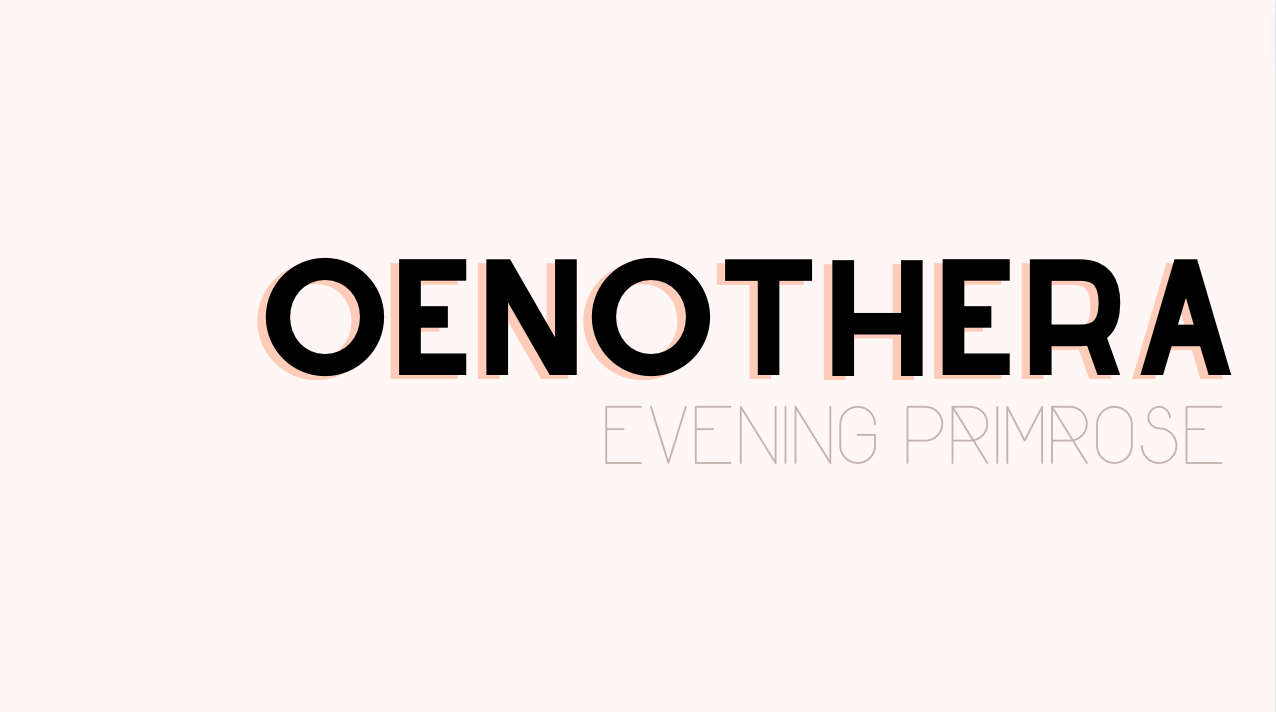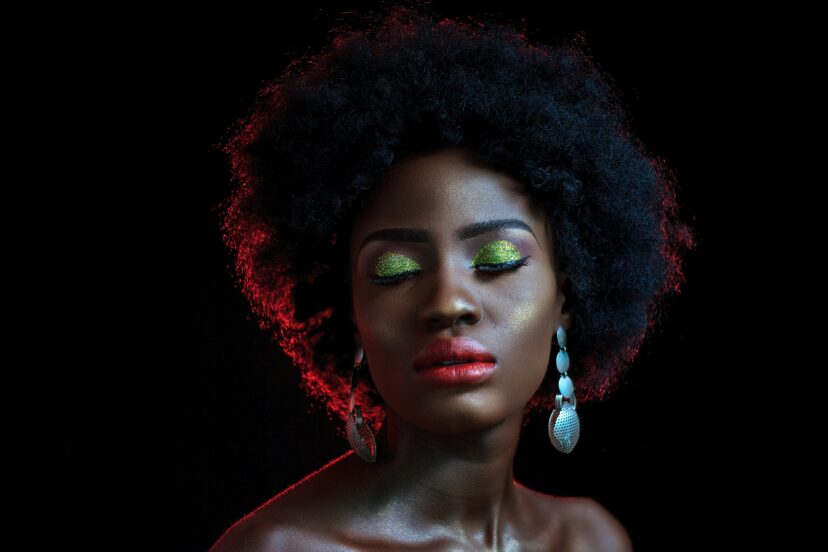Organic Beauty: Evening Primrose Oil
Lost Elasticity: What Happened to My Bouncy Skin?
Remember that annoying oil slick on your nose in my 20s? Yeah, I’d trade that in a heartbeat for the dullness and dryness that’s crept in lately!
My skin feels like it’s traded its youthful glow for a tired, lackluster look. And don’t even get me started on the first fine lines around my eyes – those little devils seem to have appeared overnight! (Honestly, I’m pretty sure I lost more hair after my pregnancy than I gained during it, but that’s a story for another day!)
So, why does our skin lose its bounce after 35?
Science tells us it’s all about collagen and elastin, those wonderful proteins that keep our skin firm and elastic. As we age, our collagen production goes down, and our existing elastin fibers start to become less flexible. This means our skin loses its ability to spring back into shape after being stretched, resulting in the dreaded sagging and wrinkles.
But don’t despair! Enter: evening primrose oil, our secret weapon for restoring that lost bounce and reclaiming our youthful skin.
What is Evening Primrose Oil and How Does it Work?
Evening primrose oil, derived from the seeds of the evening primrose plant, is rich in gamma-linolenic acid (GLA), an essential fatty acid that our bodies cannot synthesize independently. GLA is converted into prostaglandins, a substance that resembles a hormone and plays a vital role in your bodily functions, including skin health.
Evening primrose oil works its magic by increasing collagen production and reducing inflammation. By boosting collagen production and reducing inflammation, evening primrose will iron out those wrinkles, and even out your skin tone, making you look like you’ve been Photoshopped in real life!.
Comedogenic Rating: Non-Comedogenic, So No Breakouts Here!
The comedogenic rating of a substance measures its likelihood to clog pores and cause breakouts. A comedogenic rating of 0 is non-comedogenic, while a rating of 5 is highly comedogenic. Evening primrose oil has a comedogenic rating of 0, making it a safe choice for even the most sensitive skin.
The Science Behind the Magic: Benefits for Your Skin

Wrinkle Warrior: Diminishing Fine Lines and Deep Wrinkles
Those unwelcome wrinkles etching their way onto your forehead and around your eyes? Evening primrose oil can be your warrior in the fight against them. Its high content of GLA (gamma-linolenic acid) helps stimulate collagen production. Think of it as injecting your skin with a natural springback! With continued use, you’ll see those fine lines soften and deeper wrinkles become less noticeable, revealing a smoother, more youthful complexion.
Hydration
As we get older, our skin starts forgetting how to hold onto moisture, leading to dryness and less bounce-back. It’s like our skin is slowly turning into a raisin! Well, Evening primrose oil comes to the rescue once again! Its essential fatty acids act like a moisture magnet!
Soothing Touch: Calming Inflammation and Reducing Redness
Struggle with rosacea, eczema, or other inflammatory skin conditions? Evening primrose oil offers a soothing touch. Its anti-inflammatory properties help calm irritated skin, reduce redness, and alleviate discomfort.
Evening Primrose Oil vs Rosehip Oil: What’s the Difference?
Both evening primrose oil and rosehip oil are natural skincare heroes, but they have slightly different strengths. Evening primrose oil is richer in GLA, making it more effective for tackling wrinkles and dryness. Rosehip oil, on the other hand, boasts higher levels of vitamin C, a potent antioxidant that brightens skin and reduces hyperpigmentation.
So, which one should you choose?
If your primary concern is wrinkles and dryness, evening primrose oil is the way to go. However, if you’re looking to brighten your skin and combat hyperpigmentation, rosehip oil might be a better choice. You can also consider using both oils in your routine to reap the benefits of both!
A Little Known Secret: The Power of Gamma-Linolenic Acid (GLA)
Gamma-Linolenic Acid (GLA) is like the conductor of the orchestra, harmonizing the different functions in your body. This essential fatty acid, which is found in abundance in evening primrose oil, plays a vital role in various physiological processes, including skin health.
Balancing Act: Regulating Hormone Production for Healthy Skin
One of GLA’s superpowers is its ability to regulate hormone production. Hormonal imbalances can wreak havoc on our skin, causing breakouts, acne, and other skin problems. GLA helps keep these hormones in check, creating a healthy environment for our skin to thrive. Imagine it as a mediator, ensuring all the different hormones involved in skin health are working together in perfect harmony.
PMS Savior: Easing Cramps and Mood Swings (Bonus!)
Ladies, rejoice! GLA is not just a skin miracle worker; it’s also a PMS warrior. This powerful fatty acid helps regulate the production of prostaglandins, hormone-like substances that play a role in menstrual cramps and mood swings. By reducing the production of these prostaglandins, GLA can help alleviate those uncomfortable PMS symptoms, making your period a much more manageable experience. So, next time you’re feeling the cramps and mood swings coming on, reach for some evening primrose oil – you might be surprised by the relief it brings!
DIY Delight: Evening Primrose Oil in Action
Rejuvenating Night Serum: DIY Recipe for Glowing Skin
Harness the power of evening primrose oil and whip up your own rejuvenating night serum for a radiant complexion.
Ingredients:
- 1 tablespoon jojoba oil (carrier oil)
- 5 drops evening primrose oil
- 3 drops rosehip oil
- 2 drops lavender essential oil (optional, for added relaxation)
Instructions:
- Combine all ingredients in a clean, dark glass bottle.
- Shake well to blend the oils.
- Apply a few drops to your cleansed face and neck, gently massaging it in until absorbed.
- Use nightly for best results.
Benefits:
- Jojoba oil closely mimics your skin’s natural sebum, providing deep hydration and nourishment.
- Evening primrose oil promotes collagen production, reducing wrinkles and fine lines.
- Rosehip oil brightens the skin and fades hyperpigmentation.
- Lavender essential oil soothes the skin and promotes relaxation.
Soothing Bath Soak: Relax and Rejuvenate with Nature’s Magic
Turn your bath into a luxurious spa experience with this calming and soothing bath soak.
Ingredients:
- 1 cup Epsom salts
- 1/2 cup baking soda
- 10 drops evening primrose oil
- 5 drops chamomile essential oil (optional, for added calming effect)
Instructions:
- Combine all ingredients in a large bowl.
- Add the mixture to your running bathwater.
- Soak for 20-30 minutes, allowing the oils to absorb into your skin.
- Pat your skin dry and enjoy the calming and soothing effects.
Benefits:
- Epsom salts reduce inflammation and muscle soreness.
- Baking soda softens the water and removes impurities.
- Evening primrose oil soothes irritated skin and reduces redness.
- Chamomile essential oil promotes relaxation and eases anxiety.
Tip:
You can customize these recipes based on your skin type and individual needs. For example, if you have oily skin, you may want to use a different carrier oil, such as grapeseed oil or safflower oil. Experiment and find what works best for you!
FAQs
1. How can I incorporate evening primrose oil into my skincare routine?
You can use evening primrose oil in various ways, including:
- Direct application: Apply a few drops directly to your cleansed face and neck, massaging it in until absorbed.
- DIY recipes: Create your own facial serums, bath soaks, and even hair masks using evening primrose oil and other natural ingredients.
- Supplements: Take evening primrose oil capsules for internal benefits.
2. What skin types are best suited for using evening primrose oil?
Evening primrose oil is generally considered safe for all skin types. However, it is particularly beneficial for:
- Dry and aging skin: Its hydrating and collagen-boosting properties help combat dryness and wrinkles.
- Sensitive and inflamed skin: Its anti-inflammatory properties soothe irritation and redness.
3. Are there any side effects to using evening primrose oil?
Evening primrose oil is generally well-tolerated. However, some people may experience side effects such as:
- Stomach upset
- Headache
- Nausea
- Diarrhea
It is important to consult your doctor before using evening primrose oil if you are pregnant, breastfeeding, or taking any medications.
4. Where to buy good quality evening primrose oil?





